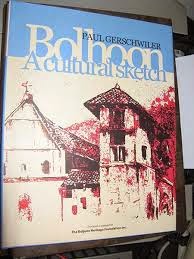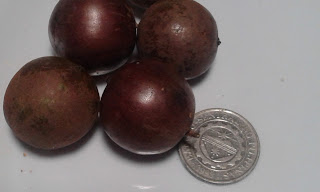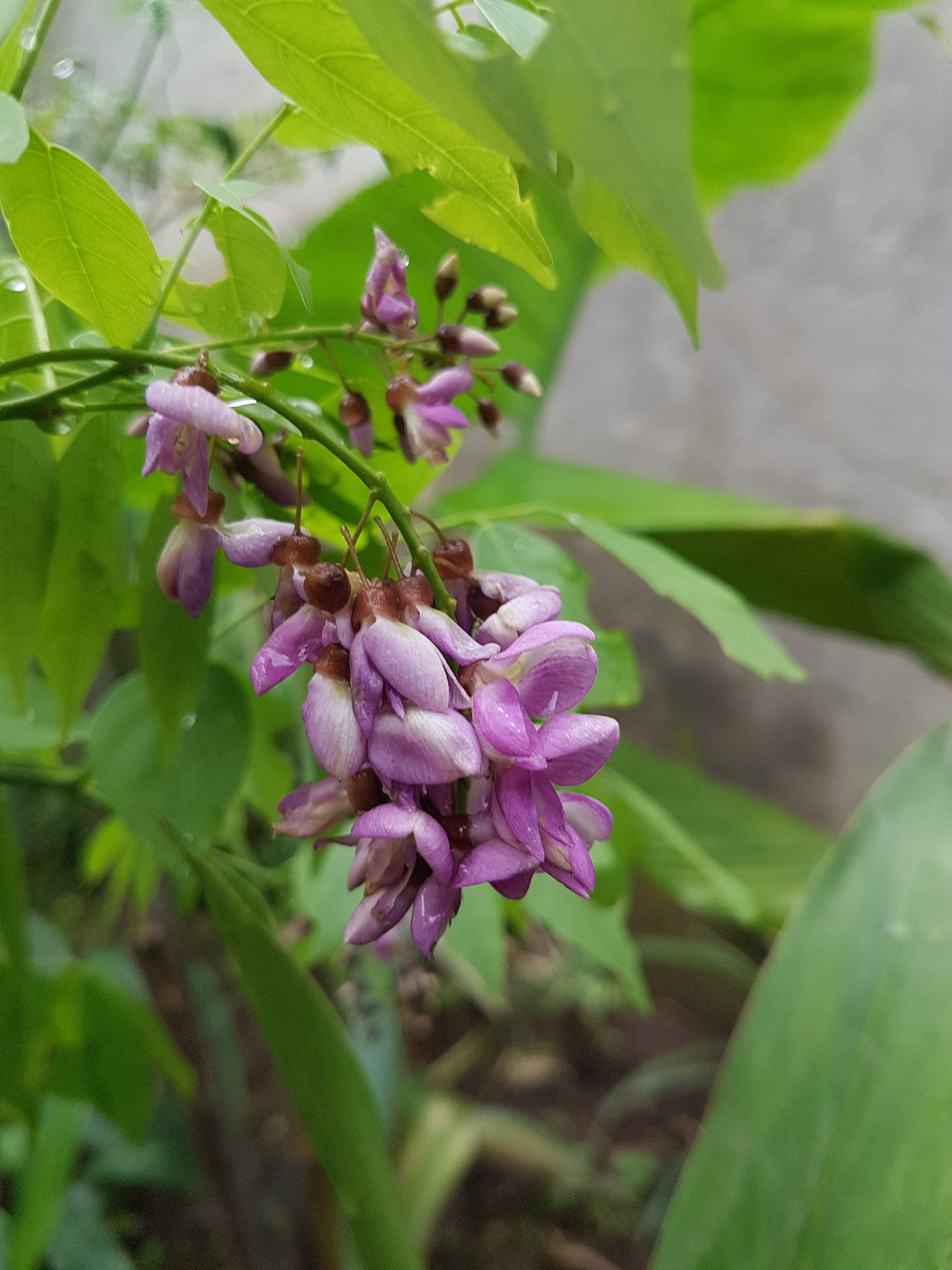Brought home coffee table book entitled "Boljoon: A cultural sketch"
Bolhoon -- A Cultural Sketch
By Paul Gerschwiler
2009, 172 pages including annexes
For five hundred pesos, this coffee table book authored by a Swiss Paul Gerschwiler who is married to a Filipina and published in 2009 by The Boljoon Heritage Foundation, Inc. went home with me. It is sold in the Museum annexed to the Church of Boljoon.
The book has ten chapters that revolves on the cultural development in the quiet southern part of Cebu; they are the pre-Spanish settlement, the pueblo of Bolhoon, the Moro defence, Nuestra Senora del Patrocinio - the church, saints, of houses and men, livelihood, education, customs and traditions, roads and transportation and the 11th part are the annexes.
I have yet to progress to chapter three on Moro defense because I lavished on the quoted portions from the diary of Antonio Pigafetta and Antonio de Morga. Our world history in high school mentioned them but only in passing and I have yet to read the full translated versions. So this secondary source is quite an interest to me and kicks off my interest on the journals (shall search the web on them later) . As we may recall, Antonio Pigafetta was the one who wrote the "Report of the Ist Circumnavigation of the World, 1519-1522" while Antonio de Morga wrote "Sucesos de las Islas Filipinas" about 80 years after Pigafetta.
Just like any other places in our beloved archipelago, history before the Spanish period cannot be told with exactitude. Because our houses were not made of stones but of light materials such as bamboos and nipa that easily merges with earth in time, because history is oral and changes throughout generations, and because our nation is divided by the seas rather than by land borders which is much easier to access, observations on Filipino's early culture can only be recalled through these journals and then by oral traditions and then by evidences of trade relations as well as early tools found in excavation sites.
What is interesting about Boljoon is that its church ground has been a burial ground and there were unearthed pieces that proves trade relations with Japan, pieces that dates back before the spanish conquest and these pieces are not found yet anywhere in the Philippines. The museum houses the pieces. See my next blog entries on the museum pieces.
That is all I have to tell and please wait till I finish the next eight chapters. By the way, the Annexes are pretty interesting because they are excerpts from the journal/report of Pigafetta and Morga.




Comments
Post a Comment